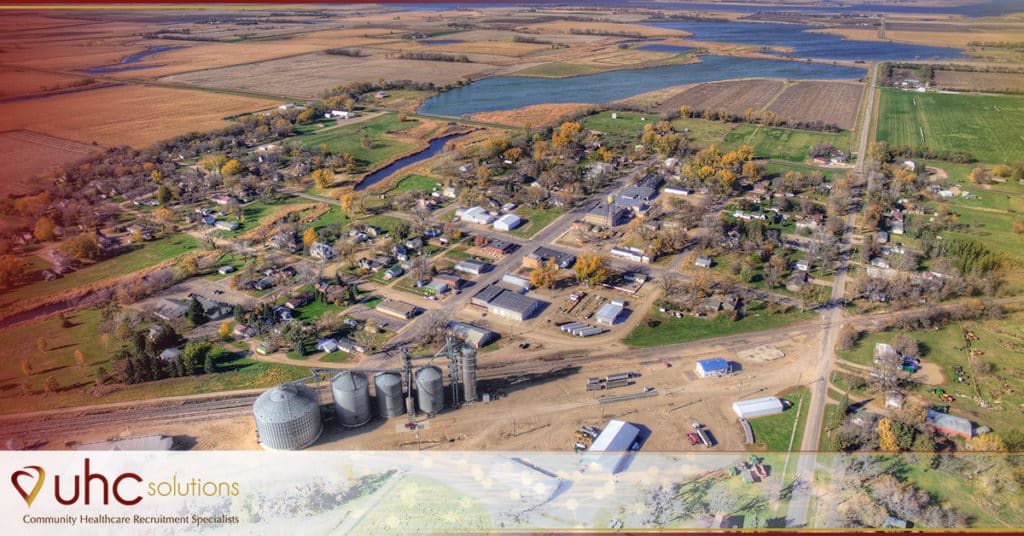Staffing clinical teams in rural communities is one of the more challenging service-related goals faced by FQHC and community health facilities. The New England Journal of Medicine (NEJM) points out that the aging of rural providers, coupled with a physician shortage, are creating service challenges for FQHCs and community health providers. How can we head off the looming healthcare staffing shortages that threaten these communities by improving our recruiting efforts?
Key Ways to Impact Staffing Shortages
We are going to see a wave of retirements from rural healthcare by 2030. This will cause a 23% decline in the number of practicing physicians, according to Health Leaders Media. The numbers are sobering; the NEJM says community members in rural areas will have access to one-third as many doctors per capita as urban and suburban residents. Rural Americans have a lower life expectancy, are in poorer health generally, and are more likely to be uninsured. Adding insult to injury is the looming physician shortage, particularly in primary care, which is such a staple in rural health.
However, Health Leaders Media reports there are four key metrics to emphasize when recruiting physicians into rural areas:
- Autonomy is a significant goal for doctors throughout their careers. As knowledge workers, these clinical professionals want to practice medicine without the influence or requirements from hospital or health system executives. This is true also of nurses who want to be heard by administrators, not dictated policies from on high. Instead, they want a voice in the issues affecting their practices, which is common in community healthcare facilities.
- Team-centric cultures are increasingly important, particularly to new, younger clinicians. Collaborative decision-making and a strong team are attractive to doctors seeking to make a difference in their careers. Having this kind of environment in a smaller rural setting is an important selling point to attract these professionals.
- Focus on the family as you recruit into these community settings. Having a family-friendly environment is important to most nurses, doctors, and administrators. Sharing the community’s commitment to bringing in families is an attractant. Recruiters should also engage the doctor’s family in the recruiting effort. Highlighting the quality of the schools or other strong aspects of the community with the spouse will help engage them in the decision-making process.
- Involving administration in the recruiting effort will help reinforce the cultural plusses at the organization. Bring the doctor or nurse on-site to meet the administrators, other clinicians, and the rest of the team to see what it’s like to work there will help the provider begin to imagine themselves in the picture. Each of these professionals should be welcoming to the candidate to make them feel at home. Senior leadership should be encouraged to become more active in the recruiting process.
Preparing for tomorrow’s community health staffing challenges requires new partnerships to help you meet your hiring goals. UHC Solutions focuses on finding top talent for rural facilities and can help position your team as an attractive place to work and live. Talk with our team to find out more.





